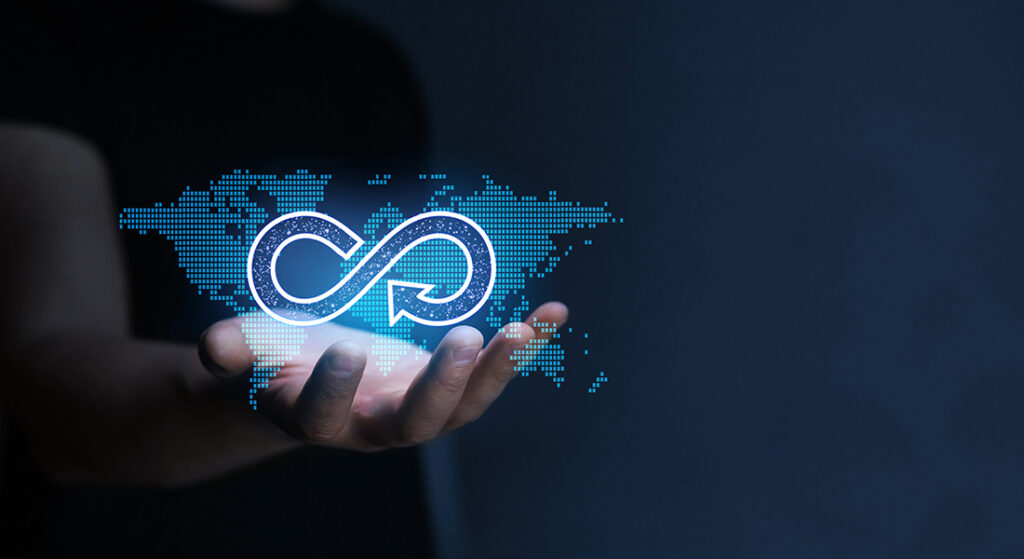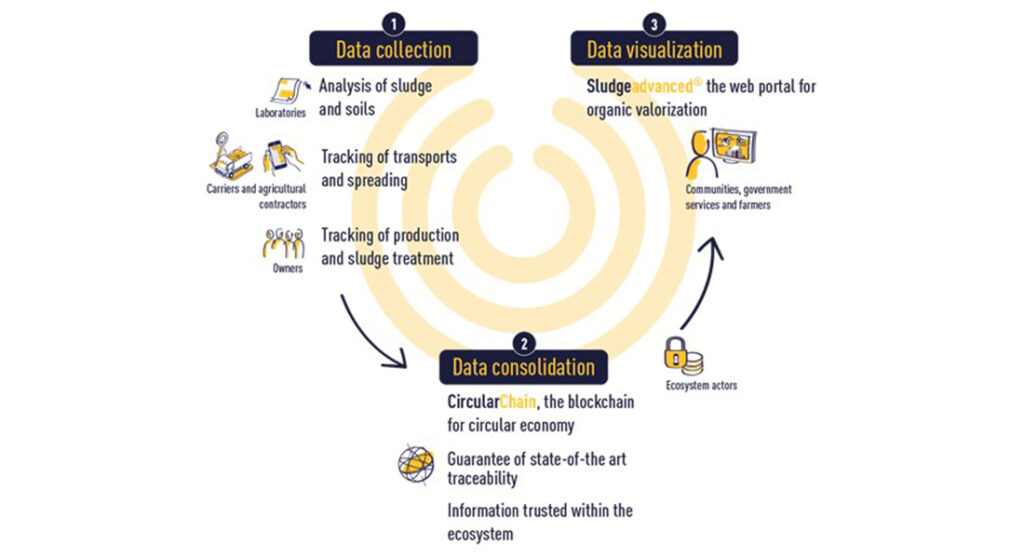In today’s rapidly changing world, the need for sustainable practices has become increasingly vital. One such approach gaining prominence is the Circular Economy.
Understanding the Concept of a Circular Economy
Picture this: instead of our old “take-make-dispose” way of doing things, the Circular Economy flips the script. It aims to move towards a closed-loop system, where we reuse, recycle, and regenerate resources instead of just tossing them aside. The goal? To break free from the chains of resource depletion and waste generation and create a more sustainable and resilient future.
Why should we care about Circular Economy?
First off, it’s all about resource efficiency. We can reduce resource extraction and minimize waste by reusing and recycling materials. That’s a win-win for the environment and the economy. Embracing circular practices can open new business opportunities and create jobs while reducing risks associated with resource scarcity. Additionally, it’s a powerful tool for tackling climate change by curbing greenhouse gas emissions.

Principles and Key Components of the Circular Economy Model
Circular Economy operates on a few core principles. Firstly, we have the design for circularity. This means creating products that last longer, can be easily repaired, and are recyclable. Then, there’s resource efficiency and optimization. This refers to recycling, remanufacturing, and industrial symbiosis, where one industry’s waste becomes another’s raw material.
Closing the loop is another crucial component, which involves setting up effective systems to recover and recycle materials, reducing waste, and our reliance on new resources. Lastly, collaboration and innovation are vital for driving Circular Economy forward. By teaming up and sharing knowledge, we can develop innovative solutions and build circular business models that succeed.
Real-World Examples

The fashion industry is stepping up its game with clothing take-back initiatives. Companies like Levi Strauss, H&M, and The North Face recycle old garments to create new materials, reducing waste and keeping fashion circular. Similarly, 36% of cotton used to manufacture Patagonia’s apparel is sourced from recycled materials.
The automotive industry is also revving its circular engines. Tesla, for instance, has a battery recycling programme that recovers valuable materials from old batteries for reuse, reducing resource depletion and environmental impact. In 2021 alone, Tesla recovered $45 million worth of Nickel and $16 million worth of Cobalt through their recycling programme.
Even the food industry is getting in on the action. Companies like Unilever and Danone are composting, reducing food waste, and finding creative uses for by-products like animal feed or bioenergy. Platforms like Airbnb and Zipcar are making resource use more efficient by allowing us to share goods and services, paving the way for sharing economy.

Circular thinking paves the way to a sustainable future, placing environmental health at the forefront. By embracing the principles of resource efficiency, waste reduction, and collaboration, businesses and industries can make substantial contributions to sustainable development while safeguarding our planet.
The transformative power of circular practices becomes evident when we witness real-world examples across various sectors. As individuals and consumers, we hold the key to driving the transition towards a circular economy, ensuring a healthier planet and a bountiful legacy for future generations.
Remember, Circular Economy isn’t just a concept; it’s a mindset and a call to action.



